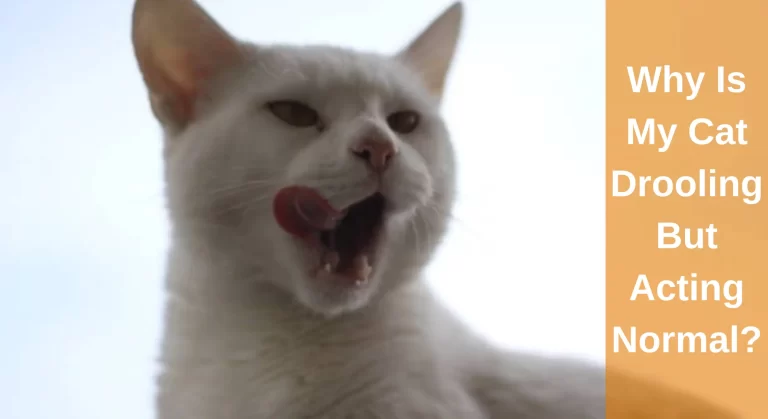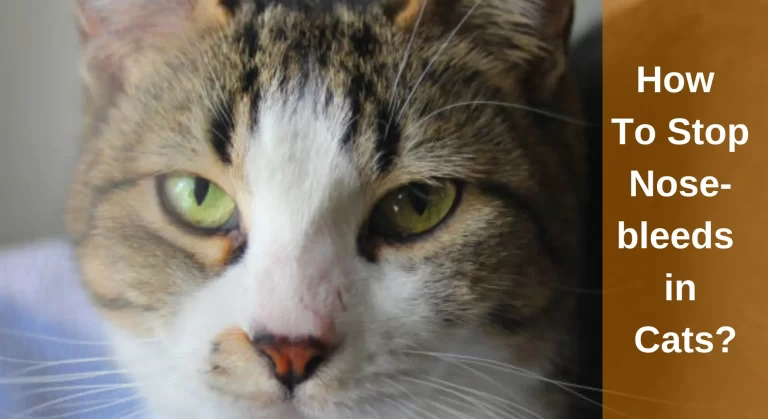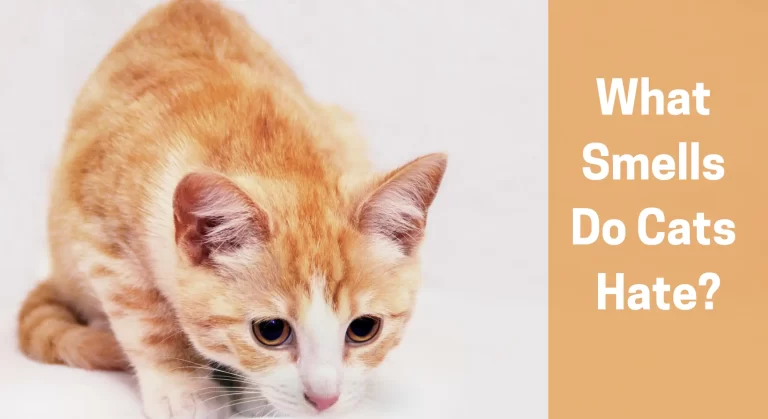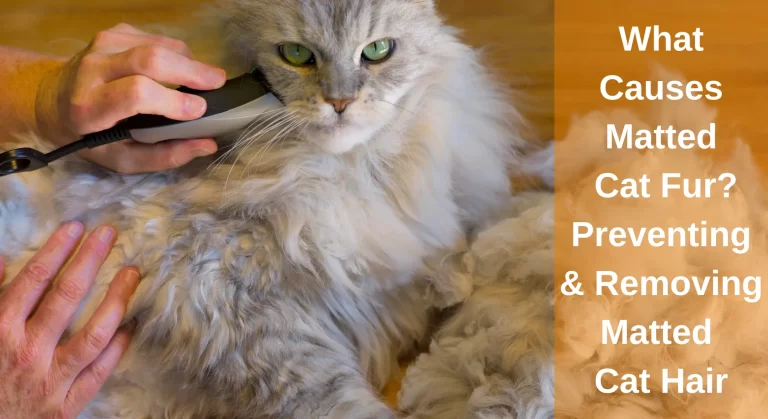Signs of Asthma in Cats – A Guide to Feline Asthma
What is feline asthma?
Cats frequently suffer from feline asthma, which can range in severity. Cats commonly get asthma between the ages of 2 and 8 when they are adults. Studies have shown that female cats appear to be a little more likely to get asthma; the cause of this is uncertain.
Feline asthma is quite simple to identify, and it is commonly treated to control its symptoms. The following discussion covers feline asthma’s causes, symptoms, diagnosis, and treatment:
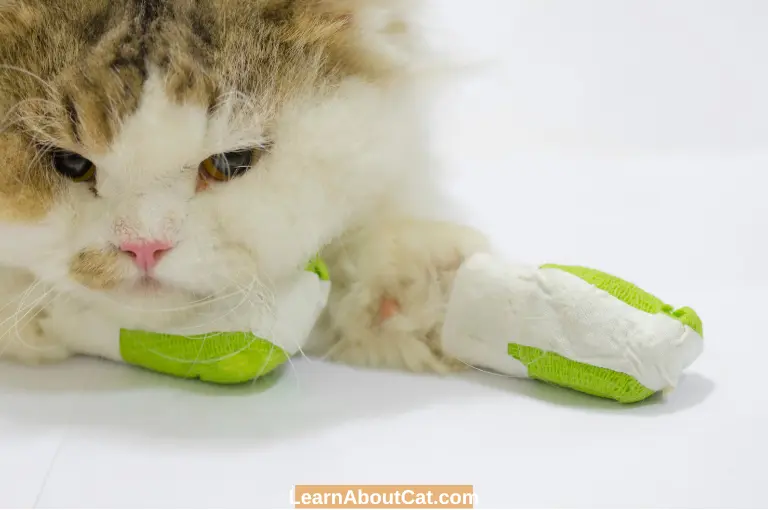
What Causes Asthma in Cats?
- The most frequent causes of asthma in cats include dust-filled litter, cigarette smoke, room deodorizers, strong cleaning agents, grass, and pollen. But there is also evidence that stress and other things might cause the condition. The chilly, dry air is another probable culprit.
- Asthma often appears in cats when the irritants are persistent and the immune system reacts to them persistently. However, prolonged contact with the substance that causes asthma in cats might aggravate the condition. This may lead to asthma episodes.
- As a protective reaction to the stimulation, the airways typically start to constrict, decreasing airflow to the lungs. The bronchi narrow due to an inflammatory reaction as well as the surrounding muscles constricting. The cat’s immune system causes the bronchi to produce an excessive amount of mucus, which further reduces airflow to the lungs.
- The lungs’ capacity to carry essential oxygen is reduced during asthma attacks. Sometimes they are small and may go away on their own once the trigger chemical has left the region and the airways have cleared. It’s possible that the brain, heart, and other essential organs won’t get enough oxygen, or that breathing could stop totally.
What are the Symptoms of Cat Asthma?
If your cat consistently exhibits one or more of the symptoms listed below, she may have asthma:
- Coughing and wheezing
- Rapid or difficult breathing
- Using the mouth to breathe
- Coughing up mucus
- General weakness and fatigue
- Lip and bluish gum colour
All asthma symptoms are a response to breathing issues since the condition restricts airflow to the lungs. These symptoms might vary in intensity and can appear simultaneously or separately. The symptoms on the above list that occur the most frequently are coughing and wheezing.
While cats with lesser instances of asthma do not typically display these symptoms, cats with more severe cases commonly cough and wheeze; typically, the coughing comprises spasms and dry sounds that resemble cats throwing up hairballs. Therefore, it could be challenging to recognise coughing as a symptom if it only occurs seldom.
Also, Check Out: My Cat Sounds Congested When Breathing
How is Feline Asthma Diagnosed?
In order to properly diagnose your cat if you notice any of the aforementioned symptoms, you should speak with a veterinarian. Once asthma or one of these other conditions is identified, treatment can start as soon as possible.

There isn’t a single, conclusive test for asthma, but your veterinarian has a few tools at their disposal to make a trustworthy diagnosis.
- X-rays
- CT scanning
- Bronchoscopy
- A test for blood
- Test for allergies
- Heartworm testing using parasites found in faeces
- Microscopy analysis of respiratory system cells
Bronchoscopies, CT scans, and X-rays are examples of imaging techniques used in diagnosis. Under anaesthesia, a camera is put into the cat’s lungs using the more invasive bronchoscopy procedure through her mouth. The bronchoscope not only takes pictures but also gathers cell samples that may be examined under a microscope later.
If two or more of these techniques are used, it will be simple to identify whether a cat has asthma.
How Should I Respond if My Cat has an Asthma Attack?
If your cat is hurting or having a major attack, call your veterinarian right once. If you need to drive them to the vet’s office, make sure your car is adequately ventilated and has a window open to let in lots of fresh air. Keep your cat from becoming more agitated as this might intensify an attack and they will already be quite afraid.
Defending Against Cat Asthma attacks
Consult a doctor as soon as any symptoms arise. This will help avert more serious problems. So, asthma symptoms can be reduced with the following at-home care techniques:
- Using less-dusty cat litter
- Avoiding fragrance-heavy cleaning products
- Avoiding aerosol deodorizers and cleansers
- Minimising the use of candles, fireplaces, or smoking in close proximity to your cat since any smoke might bother them
If your cat suffers an asthma attack, provide any emergency medication with your veterinarian has prescribed and headed straight to the hospital.
Can Asthma in Cats be Prevented?

- Although there is no known cure, you may take action to reduce the likelihood that your cat will have an asthma attack. To determine the underlying cause of the disease and, if practical, eliminate the relevant triggers, allergy testing can be used.
- Air fresheners, perfumes, and other aerosol products can exacerbate the issue, as can the use of cat litter that is dusty or offensive. Because stress might make the issue worse, you should always ensure your cat is as relaxed as possible.
- Due to the possibility that obesity could exacerbate the condition, it is essential to keep your cat healthy and feed them good food.
- It’s a good idea to record any asthma attacks your cat has in order to build a picture of any seasonal trends or environmental factors that can cause symptoms in your pet. Note the day and time, degree, and type of therapy used.
Therapy for feline Asthma
The two main types of treatment for controlling asthma in cats are bronchodilator therapies, which assist to open a cat’s airway when necessary, and anti-inflammatory drugs, such as corticosteroids, to diminish the inflammation that produces the symptoms. In cases when cats don’t react to standard therapies, antihistamine medications may also be used.
Although pills and injections are additional delivery methods, inhalers are frequently employed. If an inhaler is recommended, make sure you know how to use it and see your veterinarian for guidance. Human inhalers work differently from those given to cats since you cannot tell your pet to inhale deeply to prompt the release of the drug.
The following techniques can also be used to treat or prevent cat asthma:
- A healthy diet to fight obesity
- Getting rid of allergies and calming down
Treatment for a Cat with Asthma
If your cat has asthma, there are things you can do at home to improve her quality of life in addition to getting expert therapy and using the proper sort of litter.
Make a list of all the potential irritants, allergies, and triggers in your house as a first step. You should consider this even if your cat does not already have asthma because such irritants and/or allergens might induce the emergence of respiratory conditions, including asthma.
Here are just a few basic examples of what could trigger a cat’s asthma:
- You frequently burn incense or light aromatic candles indoors.
- Perfumed air fresheners are something you use.
- You spritz your hair or apply deodorant next to your cat.
- Your home is susceptible to dust buildup.
- Your house has mould.
- You use your home’s fireplace regularly.
- You frequently use potent cleaning agents like bleach, hydrogen peroxide or ammonia.
- You smoke indoors a lot.
The Bottom Line on Asthma in Cats
Asthma in cats, whether mild, moderate, or severe, is clearly a significant medical condition that needs ongoing therapy to control its symptoms. Once your cat is receiving medical attention, there are simple modifications you can make to her environment to significantly lessen the discomfort she is going through.
Since dust from cat litter is one of the primary causes of respiratory issues in cats, one of the first things you should do in this respect is to assess the litter she uses and decide whether you need to make a change. Additionally, folks who often replenish and clean their trash may have the same problems.
Who is Isabella?
My name is Isabella, and I am a dedicated and knowledgeable cat enthusiast. With years of experience caring for cats and a deep love for felines, I made a mission to help other cat lovers navigate the challenges of cat ownership.

